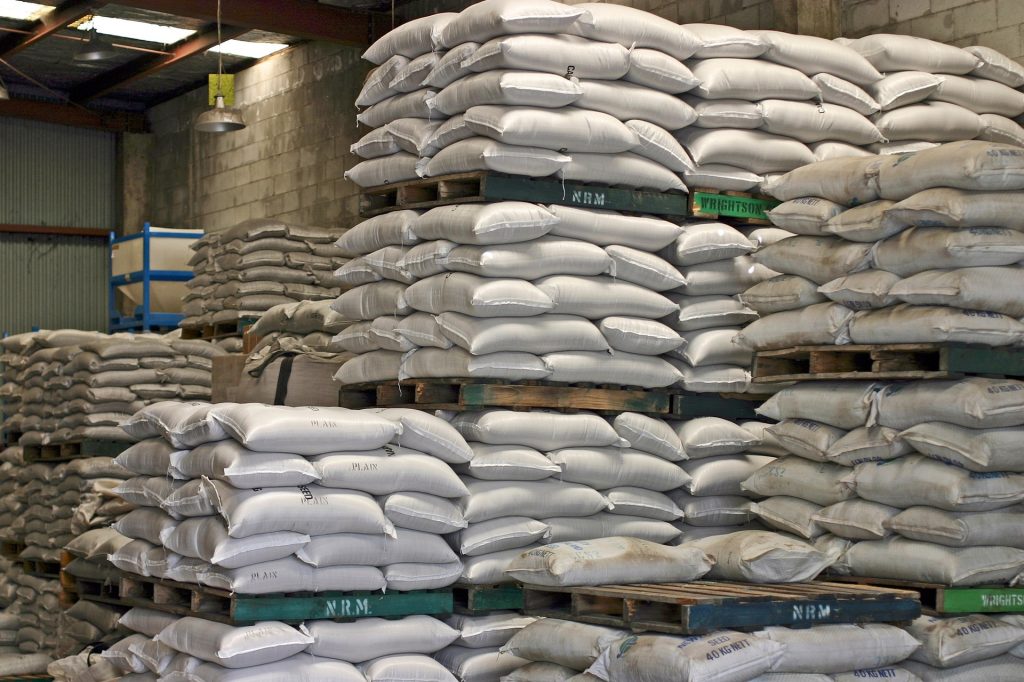In the world of logistics and transportation, understanding the different aspects of cargo transport is crucial. This article provides a concise overview based on our course introduction to transportation modes. Below, you’ll find an embedded video that complements this article by diving deeper into the main types of cargo, transport flows, the parties involved, and the primary transport modes.
Types of cargo

Cargo, the materials transported from one place to another, can be divided into three main categories:
- Bulk cargo: This type of cargo is transported unpacked and in large quantities. It can be either liquid, such as crude oil, vegetable oil, wine, fruit juice, or liquefied gas, or dry, such as coal, grain, iron ore, gravel, or corn flour.
- Break bulk cargo: These items are transported as separate pieces without using a container. Examples include drums of oil, rolls of steel or paper, cargo on pallets or in crates, and individual items with or without protective packaging.
- Containerized cargo: Cargo is loaded or stuffed into a container, which is then handled and transported as a single item over multiple legs or modes of transport. This can include finished products like clothes, computers, toys, and machine parts, or rougher cargo like steel bars. Specialized containers, such as tank containers, can also be used for bulk cargo like oil.
You can find more details on the ocean main cargo types in our article here.
Cargo transport flows
Transport flows refer to the movement patterns of goods from their origin to their destination:

- Simple Transport: This can be as straightforward as a single leg or step transport, where cargo is loaded onto a truck at point A, delivered to point B, and then offloaded.
- Complex Transport: This involves multiple legs or steps and various modes of transport. For instance, cargo might be pre-carried by truck to a port, loaded onto a vessel for the main ocean leg, and then on-carried by truck to its final destination. The main mode of transport, often the most complex or costly, is referred to as the main carriage, while the phases before and after it are called pre-carriage and on-carriage, respectively.
Parties involved
The transportation process involves various key parties:
- Principal: The party that contracts the forwarder or carrier for the transport, generally responsible for requesting and paying for the transport.
- Shipper (Consignor): The party that provides the goods and hands them over to the carrier for transport, usually the origin point of the shipment.
- Receiver (Consignee): The party that receives the freight, typically at the destination location.
- Forwarder: A logistics service provider who manages the full organization of the transport, including additional services like customs clearance and combining various transport modes. Forwarders often subcontract different parts of the transport to various carriers.
- Carrier: The party responsible for the actual carriage of the goods, using their equipment to move the cargo.
Main cargo transport modes
The three most common transport modes are truck transport, ocean transport, and air transport. Depending on the cargo, region, and customer requirements, you might also encounter rail transport and barge transport.
- Truck transport: Common for short to medium distances, flexible, and suitable for a wide range of cargo types.
- Ocean transport: Cost-effective for large volumes and long distances, crucial for international trade.
- Air transport: Fastest mode, ideal for high-value or time-sensitive goods but more expensive.
- Rail transport and barge transport: Often used for bulk cargo and longer distances inland.
When multiple modes are used in a single journey, it is referred to as combined, multimodal, or intermodal transport.
For a more detailed explanation, watch our video below:
Our course can be found here as well as on Udemy. If you subscribe to our newsletter you can get this Introduction to Modes course at a significantly discounted price.
Whether you’re a student, a logistics professional, or simply curious about transportation systems, this video and article offer valuable insights into how goods move around the world.
Don’t forget to like, share, and subscribe for more educational content on transportation systems and logistics!

